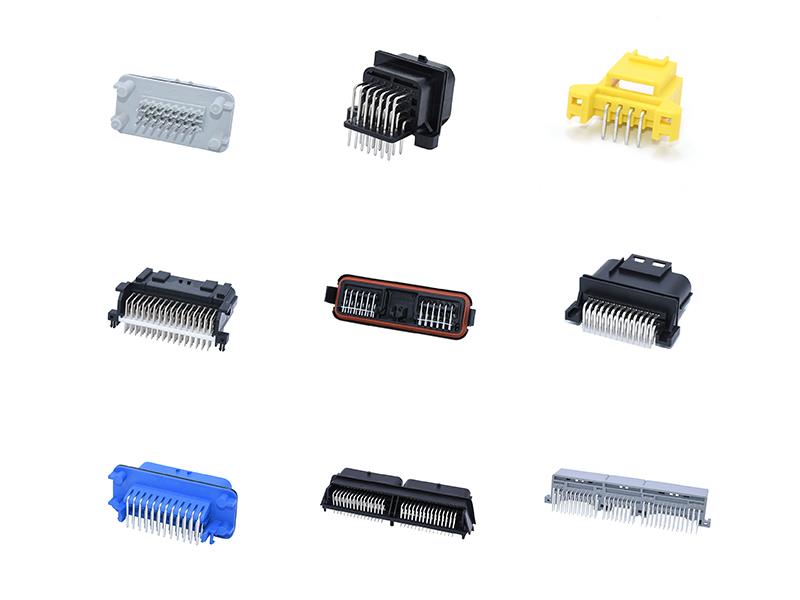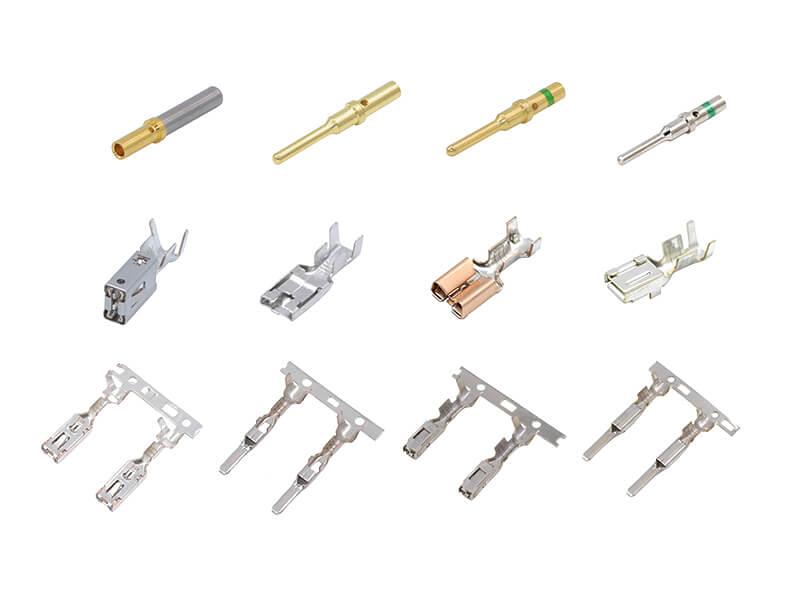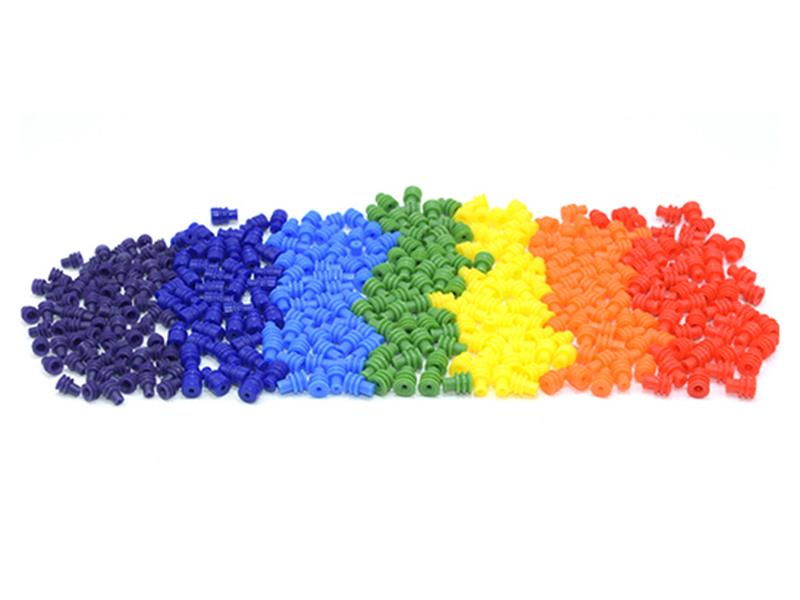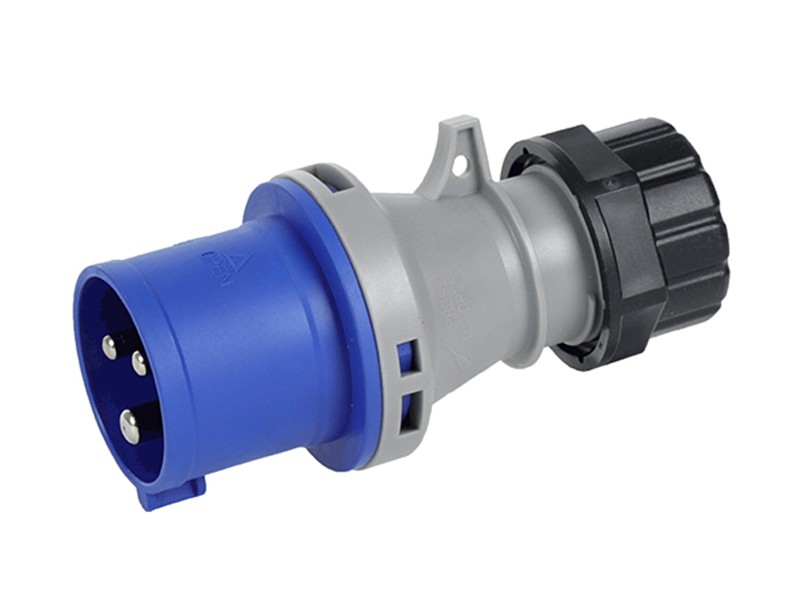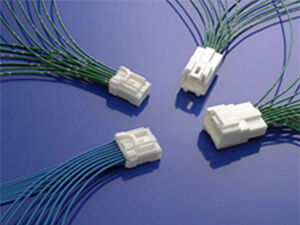A PCB socket is a component mounted on a printed circuit board (PCB) that allows for easy insertion and removal of electronic components, such as integrated circuits (ICs) or other connectors.
Introduction to PCB Sockets
Printed Circuit Boards (PCBs) form the backbone of most electronic devices, providing the necessary platform to connect electronic components through conductive pathways, tracks, or signal traces. PCB sockets play a pivotal role in ensuring that these connections are both flexible and robust. In essence, a PCB socket is a mechanical and electrical connection interface that allows components to be easily connected to and disconnected from a PCB. This modularity is crucial in the dynamic environment of electronics, where upgradeability and maintenance efficiency are highly valued.
Functions and Purpose
The primary function of a PCB socket is to facilitate the connection of electronic components to a PCB without the need for direct soldering. Here are some reasons why this is beneficial:
Ease of Assembly and Repair: By using sockets, components such as microprocessors, memory chips, or other ICs can be easily inserted or removed. This feature is invaluable during the prototyping phase, where components often need to be swapped for testing purposes, or during repair, where faulty parts need replacing without damaging the PCB.
Protection from Heat: Sensitive components that are vulnerable to heat damage during soldering operations can benefit from the use of sockets, as they are not exposed to high temperatures.
Upgrade and Scalability: Sockets enable easy updates or upgrades of components, an essential feature in applications like computing, where performance improvement through newer components is common.
Testing and Prototyping: In R&D environments, engineers frequently need to test various components to determine the best fit for a given application. Sockets allow for quick changes and testing without soldering and desoldering, thus protecting the PCB and components from unnecessary wear.
Types of PCB Sockets
PCB sockets come in various designs, each tailored to accommodate specific types of components or to meet certain mechanical and electrical requirements. Below are some common types:
DIP Sockets (Dual In-line Package):
-
Designed for through-hole mounting and typically used with DIP ICs.
-
Provides a reliable connection and easy removal or replacement of ICs.
ZIF Sockets (Zero Insertion Force):
-
These sockets allow components to be inserted with minimal force, reducing the risk of damage.
-
Often used in situations where components are frequently removed or replaced, such as in test equipment or development boards.
PGA Sockets (Pin Grid Array):
-
Used for CPU and microprocessor connections.
-
Allows the use of a grid of pins for strong and stable connections.
BGA Sockets (Ball Grid Array):
-
Accommodates components with a matrix of solder balls on the underside.
-
Suitable for high-density circuits where space is at a premium.
Card Edge Connectors:
These offer a connection to the edge of a PCB and are commonly used in applications like memory modules.
SIM Card Sockets:
Specifically designed for SIM cards in mobile devices.
Socket Strips and Headers:
Available in varied pin counts and configurations for custom applications.
Materials and Design Considerations
The design and material selection of PCB sockets are critical to their performance. Here are some important considerations:
Materials: Contacts are often made from metals such as copper alloys with additional coatings (like gold or tin) for improved conductivity and corrosion resistance. The socket body is typically made from durable plastics or insulating materials to ensure stability and safety.
Contact Reliability: Ensuring a consistent and reliable electrical connection is crucial. This often involves precision engineering to maintain contact pressure and avoid issues like signal loss or crosstalk.
Thermal and Mechanical Stability: Sockets must be able to withstand environmental stresses, such as vibrations and thermal expansion. This requires careful design to enhance durability and decrease potential failure rates.
Applications of PCB Sockets
PCB sockets are utilized in a wide range of applications across various industries due to their versatility and the benefits they offer. Here are some notable examples:
Computing and Servers: In these environments, sockets make it possible to upgrade processors and memory modules, vital for maintaining performance levels.
Consumer Electronics: Devices like smartphones, game consoles, and TVs use sockets to manage component integration with ease of assembly and repair.
Industrial Systems: Automation and control systems benefit from the modularity offered by sockets, facilitating easy maintenance and component interchange.
Aerospace and Defense: The high reliability and serviceability of sockets are essential in this sector, where equipment often requires rapid repair and redeployment.
Automotive Electronics: Vehicle electronic control units and infotainment systems utilize sockets to support the demanding conditions encountered in automotive environments.
Advantages and Disadvantages
Advantages:
-
Flexibility: Allows quick replacement and upgrading of components.
-
Protection: Shields components from thermal stress during soldering.
-
Cost-effectiveness: Reduces downtime in repairs and development.
Disadvantages:
-
Increased Cost and Space: Sockets can add to the overall cost and require additional space on the PCB.
-
Potential for Loose Connections: Over time and with frequent insertion/removal, sockets can become loose, impacting reliability.
Conclusion
PCB sockets are an essential component in the design and functionality of modern electronic systems. Their ability to provide a robust and flexible interface for components enhances the overall versatility and longevity of the equipment. Although they come with some trade-offs, their benefits in terms of ease of use, repair, and upgradeability make them indispensable in many industries. As technology continues to evolve, the role of PCB sockets will undoubtedly remain significant, adapting to meet the increasing complexities of future electronic devices.
If you're embarking on a project that involves PCBs, considering the right type of sockets for your application is crucial to ensuring both the durability and efficiency of your work. Whether you're building hobby projects or developing advanced technological solutions, PCB sockets are the unsung heroes that simplify and empower electronic design.
